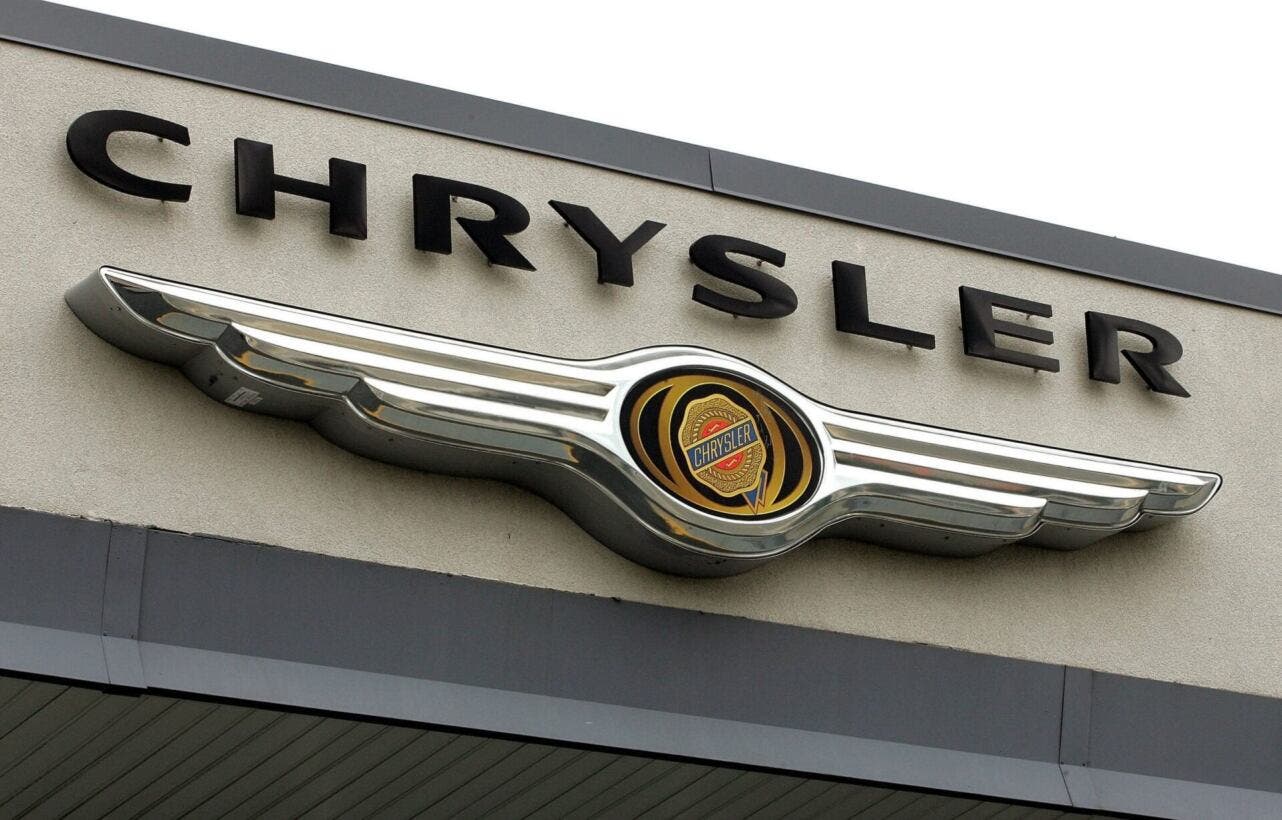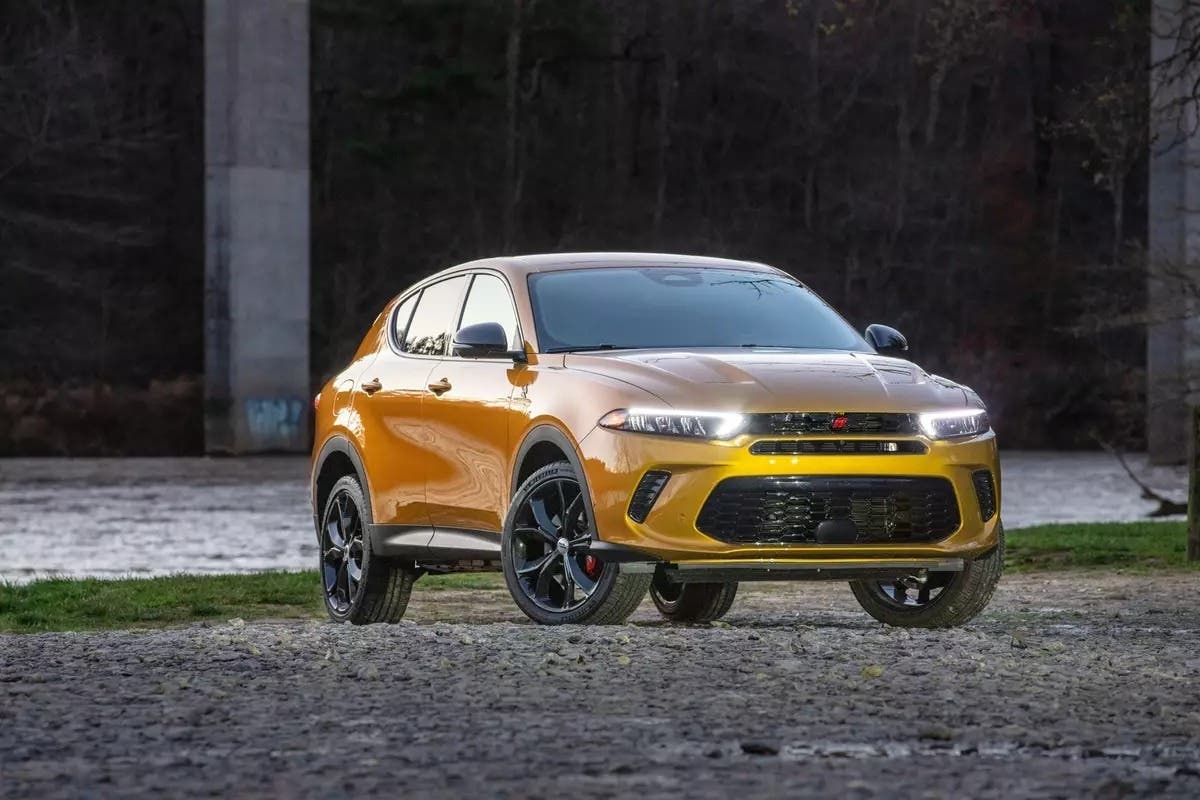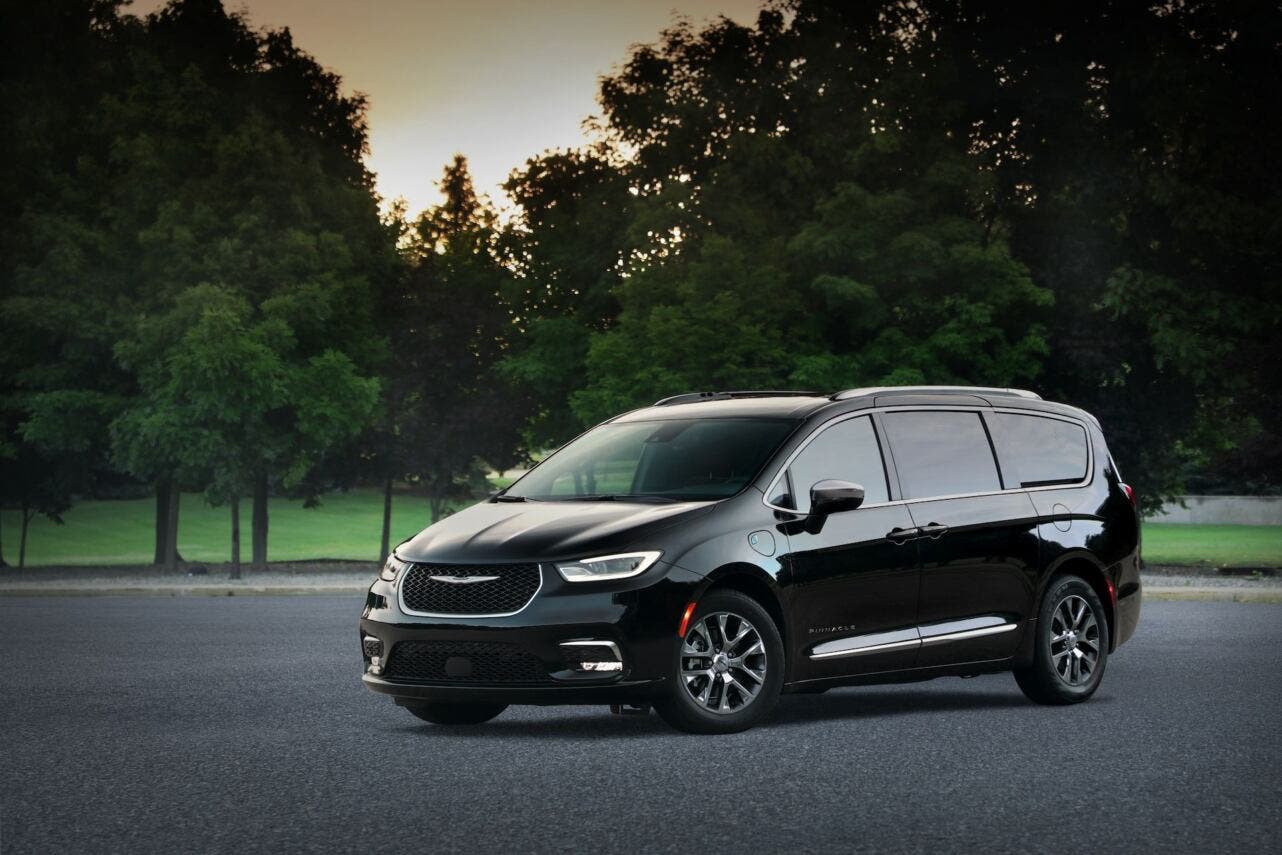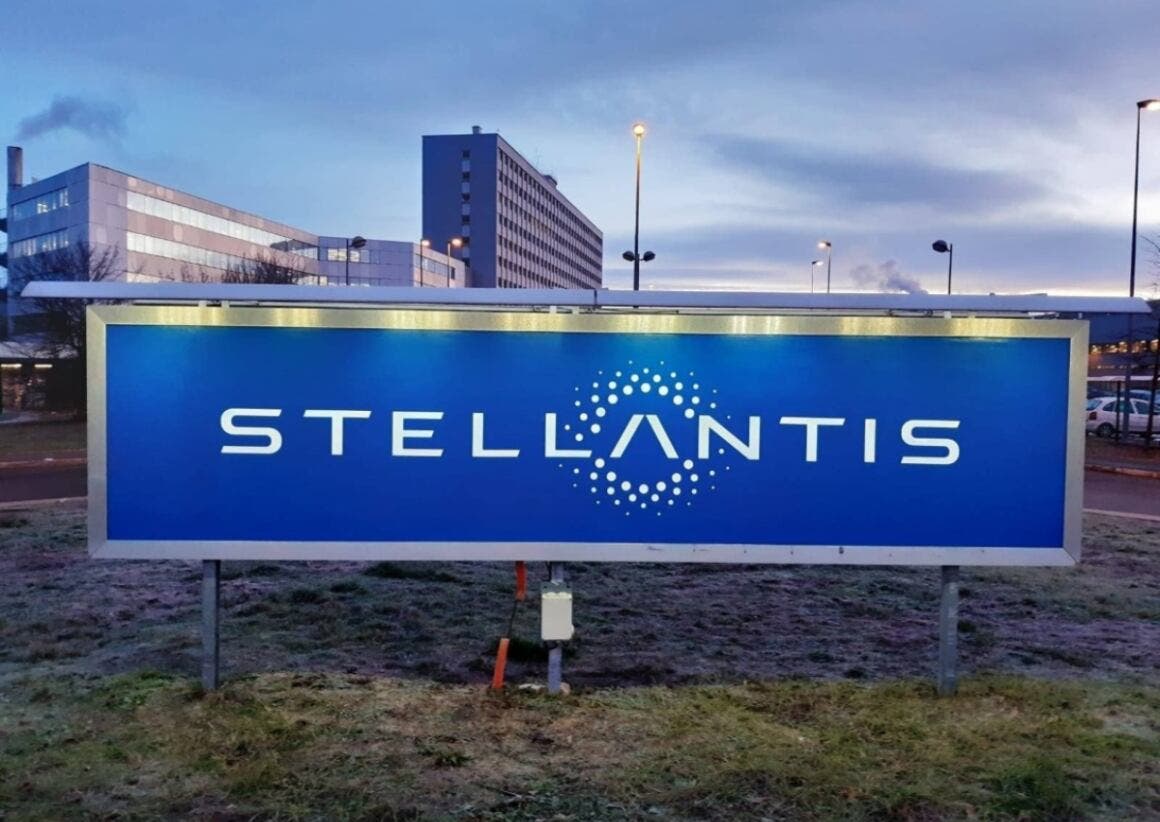Coordinating 14 brands globally is certainly not a task for ordinary managers. We’re talking about Stellantis and, above all, about a group where overlaps between brands proliferate, potentially leading to sales cannibalization. Recently, Stellantis‘ approach has been strongly reaffirmed: “it does not intend to separate from any of its brands” and has confirmed its commitment to support all 14 brands under its umbrella.
Stellantis will not sell any of its brands (for now)

The promise, dating back to 2021, to preserve all “iconic and high-value brands” thus remains valid. This means that names in Stellantis like Lancia, DS Automobiles, Abarth, and others will continue to be part of the Stellantis family at least until the end of the decade.
The brief but incisive statement seemed to be a clear response to the words of Frank B. Rhodes, Jr., great-grandson of Walter P. Chrysler, who expressed the desire to see Dodge and Chrysler leave Stellantis. No dice, then: Dodge and Chrysler will remain under current management.

The long-term commitment comes shortly after CEO Carlos Tavares’ words, which had suggested that unprofitable brands could be shut down. Tavares had indeed stated that automakers not generating profits would be cut off: “If they don’t make money, we’ll close them. We can’t afford to maintain loss-making brands.” Speculations immediately started about the possible fate of brands like Maserati, Lancia, and DS Automobiles, with some voices suggesting possible sale or closure.
Lancia is finally working on new models and expanding its presence beyond Italian borders, its local market. Maserati is also renewing its range and will need time to prove its potential. DS, labeled by Stellantis as a premium brand along with Alfa Romeo and Lancia, was spun off from Citroën in 2014 but has never really taken off.

In the United States, the situation is equally intricate. Chrysler, once an industry giant, is now reduced to a shadow of its former glory with only one vehicle in its range: the Pacifica. Dodge, moreover, doesn’t boast a wide portfolio, although it enjoys the new Hornet, essentially the twin of the Alfa Romeo Tonale.
As for Alfa Romeo, it seems difficult to imagine a future without the Biscione. A new Stelvio will arrive next year, followed by the new Giulia in 2026. Both models will use the same platform as the new Dodge Charger. Brands like Jeep, Ram, Citroën, Fiat, Opel, and Peugeot seem destined to thrive, despite declining sales in some markets. Few doubts remain at the moment because expectations are many and high for the management of a colossal group like Stellantis.
